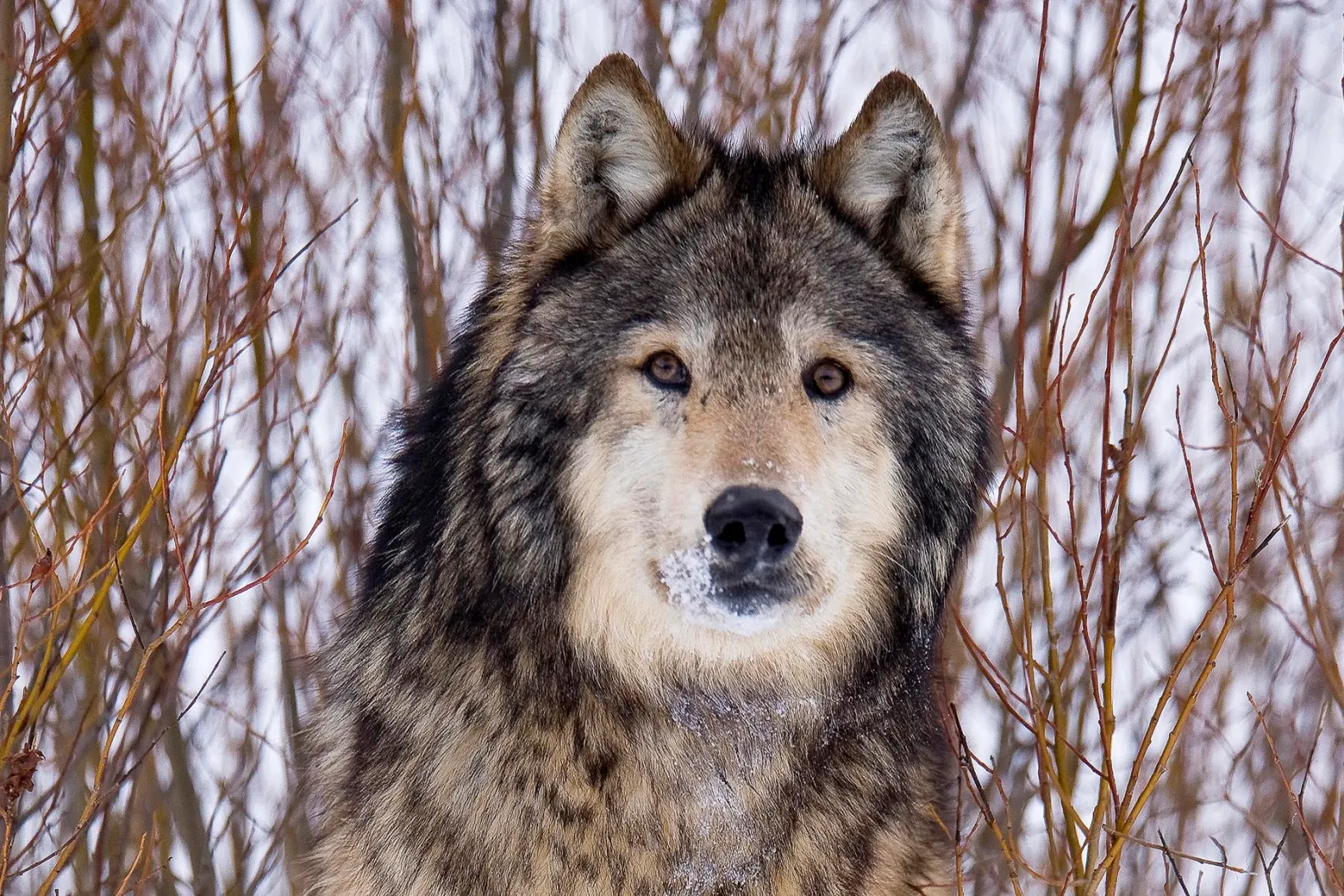A recent hassle in Central Park has sparked both interest and conspiracy among New Yorkers, as the large runner spotted by a jogger last weekend has been verified to have wolf strain. Biologists studying the critter have explained that this isn’t an insulated case but a result of a literal pattern of hybridization affecting numerous northeastern bootleggers.
Wildlife biologist Chris Nagy, associated with Mianus River Gorge in Westchester, participated perceptivity with The Post, revealing that the so- called eastern bootleggers, like the one seen in Central Park, are descendants of original mongrels between bootleggers and eastern wolves. This interbreeding began around a century ago in Ontario, Canada. “ The bootleggers we see now in the eastern United States are the descendants of those crosses, and have mixed back and forth with each other as they spread down the east seacoast, ” Nagy stated.
The notable hassle was captured on videotape by Brett Cohn, who was jogging in the demesne beforehand in the morning. Cohn was surprised to see the surprisingly large runner and managed to validate the unanticipated meeting. “ I got to where the nags generally congregate during the day and all of a unforeseen I looked up and there’s like a giant runner gaping right at me, ” he reported.
Despite its emotional size and partial wolf genetics, experts emphasize that this runner, scientifically appertained to as Canis latransvar., shouldn’t be confused with a coywolf — a term that would indicate a more direct lineage from both bootleggers and full- thoroughbred wolves. Roland Kays, a zoologist with the College of Natural coffers at North Carolina State University, clarifies, “ Call it a distinct ‘ species, ’ call it an ‘ ecomorph, ’ or call it by its scientific name. But do n’t call it a new species, and please, do n’t call it the coywolf. ”
The disclosure that these creatures have some wolf DNA doesn’t indicate they pose a lesser peril to humans than the typical bootleggers encountered across North America. still, Jon Way, author of Eastern Coyote Research, expressed enterprises about the implicit pitfalls civic surroundings pose to similar wildlife, particularly from rat bane either ingested directly or through prey.
Read More News:
- In Cartersville Shooting Incident, Two Arrested: Investigation Is Under Progress
- Leroy Hinton Charged with Murder in Marietta Teacher Case
- Honoring Excellence: 28 County Icons Sign NLIs
The presence of these cold-blooded bootleggers in civic settings like Central Park is a testament to the inconceivable rigidity and ongoing elaboration of wildlife, indeed in densely peopled areas. As the megacity substantiations these remarkable creatures navigate their civic geography, biologists and residers likewise hope they can thrive safely amidst the challenges of megacity life.

